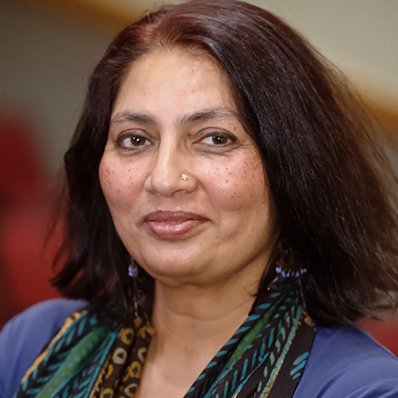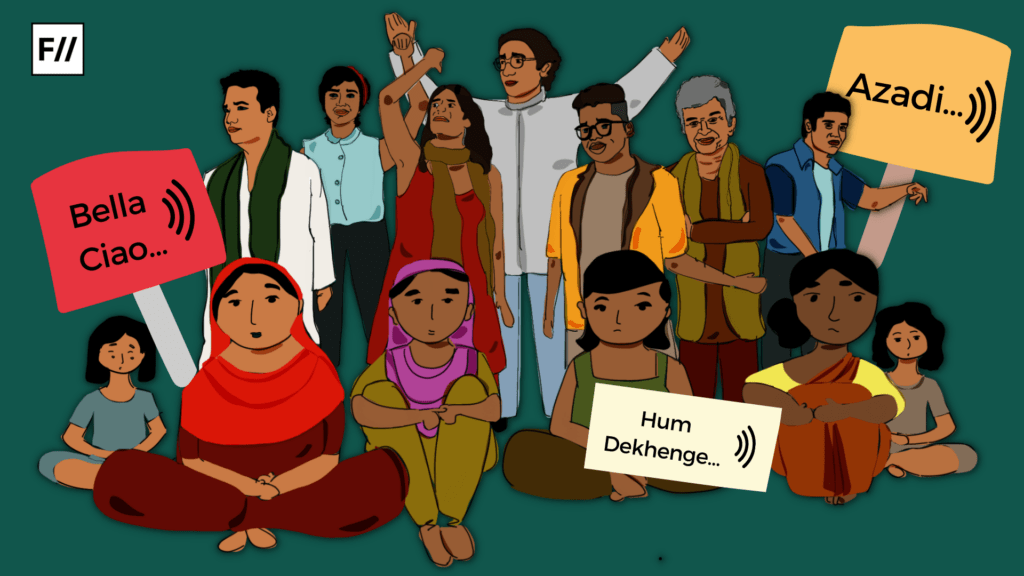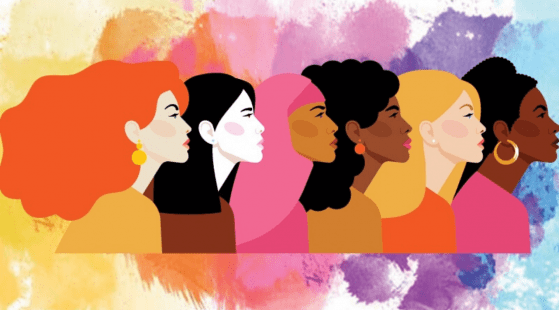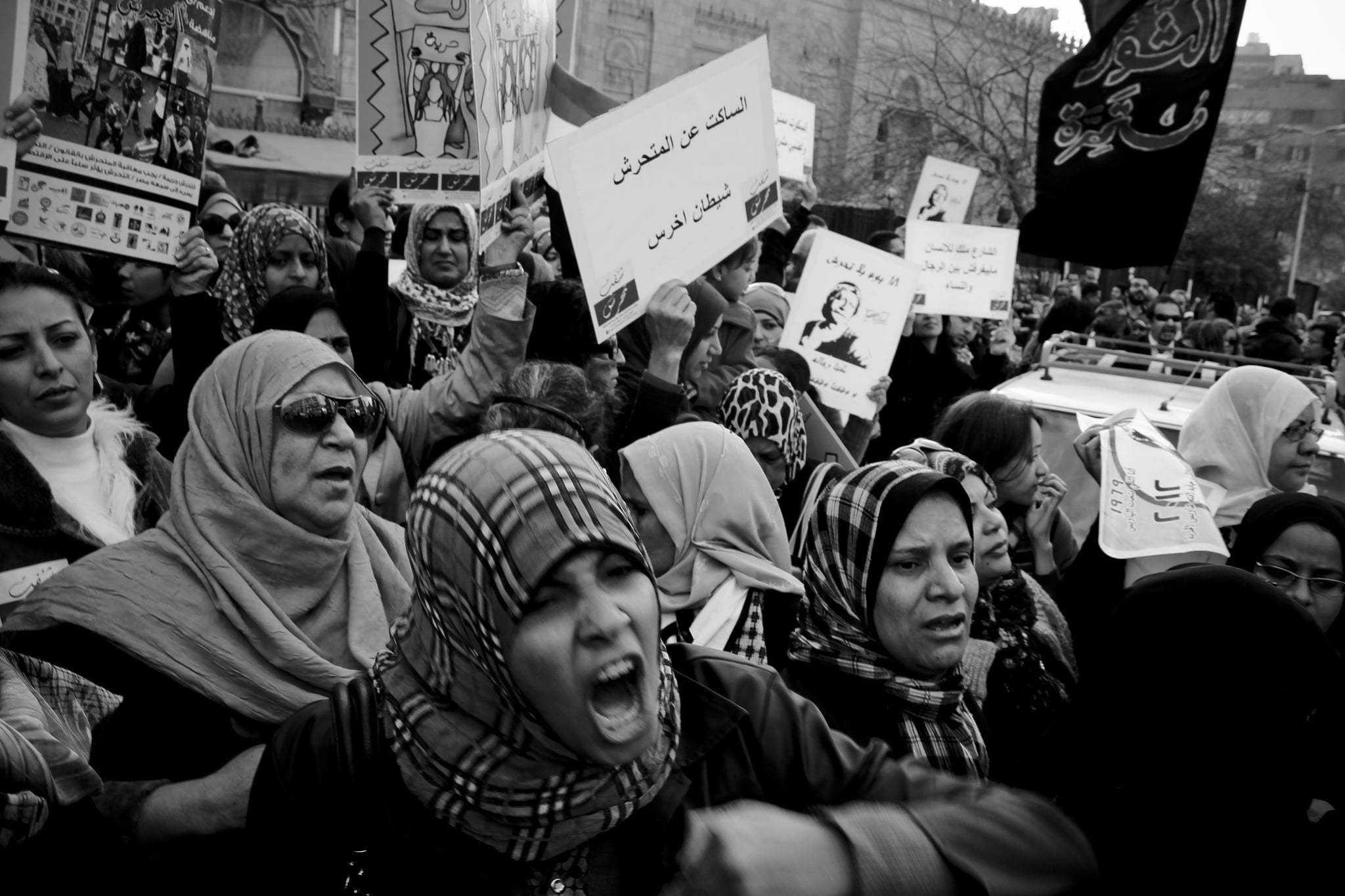Chandra Talpade Mohanty is a postcolonial feminist thinker who supports a transnational feminist approach. Mohanty is currently a Professor of Women’s and Gender Studies and the Dean’s Professor of Humanities at Syracuse University. In her teaching and scholarly work, she focuses on transnational feminist theory, anti-capitalist feminism, and anti-racist education.
In feminist literature, the Western woman is portrayed as powerful, liberated, educated, in charge of her own body, and generally superior. The Third World Women, on the other hand, is considered as being weak, oppressed, lacking in education, devoid of rights, and in general inferior to the Western Women. Mohanty emphasises that it is problematic to assume that women are a homogenous, cohesive group with similar wants, interests, and desires that are unaffected by region, socioeconomic status, or religious affiliation.
Mohanty was born in Mumbai, India in 1955 and became a U.S. citizen later in life. For her education, she pursued her graduation and masters from the University of Delhi, India. After transitioning to the U.S., she did her PhD in Education, at the University of Illinois. Additionally, she holds two honorary Doctorate degrees.

Source: UCM
Mohanty is most known for her influential essay Under Western Eyes, originally published in 1986. This essay was then later included in a collection of Mohanty’s work that was called Feminism Without Borders. She also co-edited Third World Women and the Politics of Feminism, and Feminist Genealogies Colonial Legacies, Democratic Futures.
Under Western Eyes: Feminist scholarship and colonial discourses
In this essay, Mohanty criticizes Western feminism, and it’s view of women in the third world. She focuses on how Third World women are represented by the First World scholars and how, even with the best intentions, First world scholars tend to generalise and categorise them rather than analysing the specific environment that defines social interactions and values linked to people’s activities in society. This proves to be problematic because the scholars get it wrong when they try to apply the same method of help to all third-world women. Their demands and priorities may differ from one another, as well as from the conclusions reached by Western researchers. She emphasises that it is crucial to keep in mind that every single woman is a real, material subject with a unique story.
According to Mohanty, there is a tendency in Western feminist discourse to believe that the term “women” is a universal, cross-cultural notion.
Mohanty continues by criticising how two distinct categories—the Western Woman and Third World Woman—are created by neglecting the uniqueness of women from the third world. In feminist literature, the Western woman is portrayed as powerful, liberated, educated, in charge of her own body, and generally superior. The Third World Women, on the other hand, is considered as being weak, oppressed, lacking in education, devoid of rights, and in general inferior to the Western Women.
Also read: Book Review: ‘Muslim Women Speak’ By Ghazala Jamil
Mohanty emphasises that it is problematic to assume that women are a homogenous, cohesive group with similar wants, interests, and desires that are unaffected by region, socioeconomic status, or religious affiliation. This type of thought assumes that what binds women together and makes them a group, is that they are oppressed in the same way.

She specifically criticises Zed Press’ “Women in the Third World” series, in which various experts investigate the lives of women in third-world countries and areas. Mohanty criticises a number of prominent scholars, including Maria Cutrufelli, Fran Hosken, Beverly Lindsay, Patricia Jeffery, and Juliette Minces. Mohanty asserts that in structuring her critique, she has discovered three key analytical concepts that Western feminists apply to the third world which are as follows:
Women as category of analysis, or we are all sisters in struggle
According to Mohanty, there is a tendency in Western feminist discourse to believe that the term “women” is a universal, cross-cultural notion. Women are, in essence, a homogeneous category that is subject to homogeneous oppression. Mohanty continues by describing five ways that Western feminism divides women into five categories to support her claims:
Women as victims of male violence
According to Mohanty, the western feminist author contends that sexual violence is usually always committed to asserting male control and female dependency. Male violence needs to be analysed within the context of the particular society, in order to be understood and effectively changed because change is dependent on the context in which it is carried out.
Women as universal dependents
Women are treated as a homogeneous category in this framework, defined by dependent relations. From this point of view, all dependency appears the same, and all third-world women are identified by it, reducing entire cultures to universal categories of oppressors and victims.
Married women as victims of the colonial process
Western academia investigates problems such as marital exchanges and rituals before and after colonialism solely in terms of the fact that they occurred, without taking into account how people valued these rituals in their respective societies.
Women and religious ideologies
‘Women are oppressed in both Arab and Muslim families. Furthermore, because these civilizations exclusively regard women as “sexual-political subjects,” the only opportunity for women in these systems to make their own money is through prostitution.’ According to Mohanty, this assumption ignores characteristics such as class and culture, as well as these people’s history, in order to homogenise these women into one marginalized category.
Women and the development process
Mohanty states that many western authors believe, what women in the “third world” desire is more training, education, and work prospects. When comparing the Western World to the Third World, these are all elements that appear to be lacking, hence it may be assumed that these are all beneficial things. Mohanty then points out that this cannot reasonably be true for all women in “third-world” countries, because the desires of a middle-class Egyptian housewife will be different from those of her domestic helper, let alone someone from another country.
Also read: Decolonising Psychology: Challenging The Westernised Structures
Methodological universalisms, or women’s oppression is a global phenomenon
Mohanty discusses groupings related to reproduction, marriage, family, households, patriarchy, and the sexual division of labour. Western feminists deploy these concepts to explain the subordination of women in the third world. Mohanty says it is not possible to generalize and refer to the sexual division of labour when the work being divided is different from one environment to the next and from one historical moment to the next.

She agrees with Western feminists that the fact of the sexual division of labour is noteworthy but the fact is different from the meaning or value that the labour represents in different contexts. Mohanty explains that adding the socioeconomic context to the constructed category of the sexual division of labour reveals that rich women and poor women face different kinds of oppression under the same system. The approaches to countering these different effects of oppression are going to be different based on socioeconomic circumstances.
The subject(s) of power
In this concept, Mohanty discussed a model of power and struggle that promotes the idea of the average third-world woman. Mohanty emphasised the political concepts underlying the techniques and analytic approaches, specifically the power and conflict model that western scholars indicate and recommend. As previously stated, she claims that the assumption of a homogeneous notion of women’s oppression produces the image of a “typical third-world woman,” and that these women from the third class essentially live an incomplete life because of their feminine gender (sexually constrained) and being third world (ignorant, poor, uneducated, tradition-bound, domestic, family-oriented, victimized). This, Mohnaty, contend, contrasts with Western women’s self-presentation as educated, modern, in charge of their own bodies and sexualities, and capable of making their own judgments.




